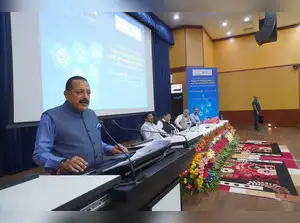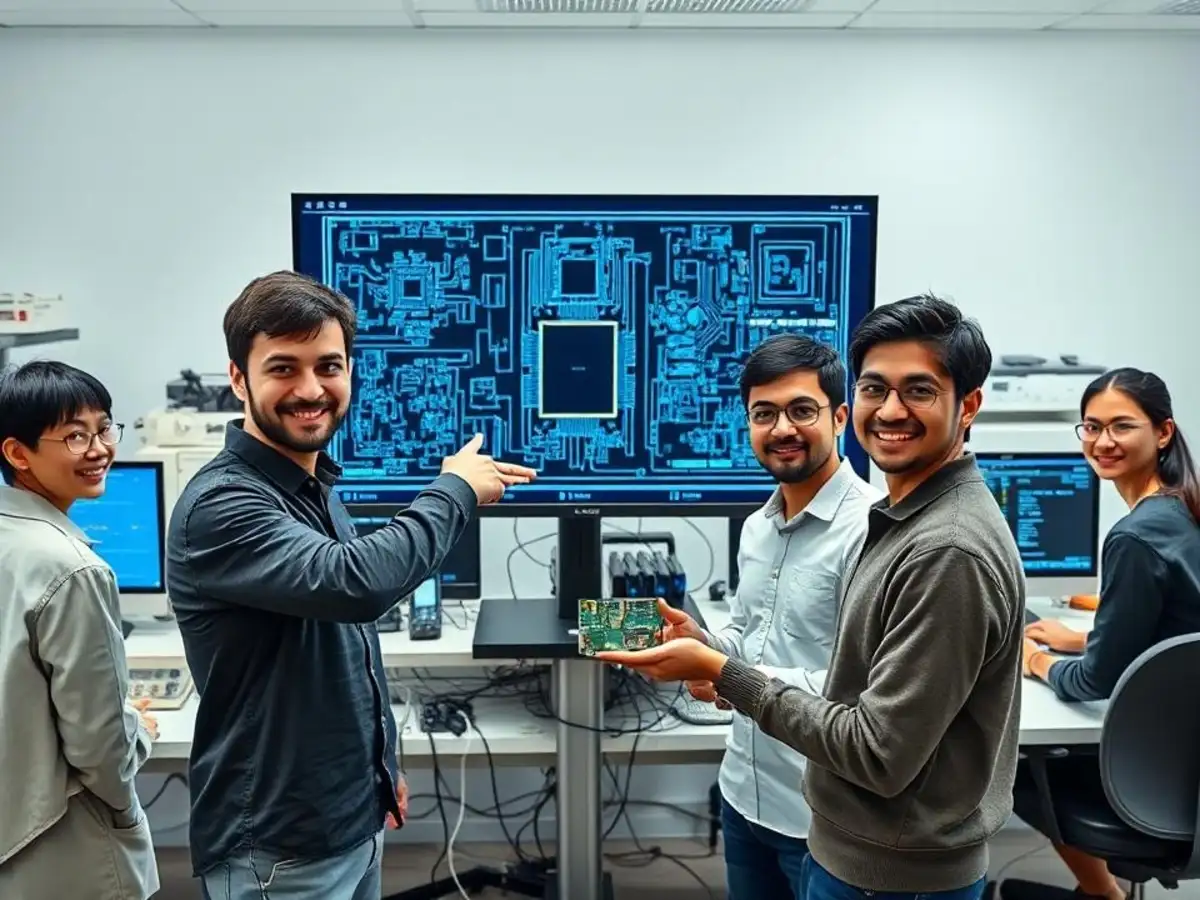
According to a statement, also present were Dr. V.K. Saraswat, Member, NITI Aayog; Prof. Manoj Singh Gaur, Director, IIT Jammu; Prof. Vinod Kumar Singh, President, The National Academy of Sciences, India; and Prof. Vivek Kumar Singh, Senior Adviser, NITI Aayog, alongside senior representatives from scientific ministries, funding agencies, and over 50 research institutions, laboratories, and Higher Education Institutions (HEIs) across Jammu & Kashmir, Ladakh, Himachal Pradesh, and Punjab.
According to Government data, India’s R&D spending doubled in the last one decade from Rs 60,196 crore in 2013-14 to Rs 1,27,381 crore and is shaping the future economy of India which will be defined by homegrown innovations in artificial intelligence, biotechnology, and quantum computing.
According to the latest Economic Survey, while government R&D policies and interventions have been making sustained efforts, there is a need for more contribution from the private sector. The funding for R&D in India is predominantly sourced from government entities.

In contrast, the Survey says in most developed and emerging economies, business enterprises contribute over 50 percent to the GERD. In countries like China, Japan, South Korea, and the USA, this share exceeds 70 percent. In the USA, the private sector leads, with companies like Google and Amazon accounting for about 70 percent of R&D spending. China, on the other hand, has a combination of major government funding with rising private sector involvement, leading to R&D spending of about 2.1 per cent of its GDP.The consultative meeting is part of a multi-city initiative undertaken by NITI Aayog to gather actionable inputs from heads of R&D institutions, higher educational Institutions (HEIs), and Universities. Around 40 leaders from across Jammu &, Kashmir, Ladakh, Himachal Pradesh, and Punjab participated in this third regional consultation.The key objective of the meeting was to deliberate on policy and procedural bottlenecks that hinder research productivity and innovation in India. The discussions are designed to focus on the simplification of procurement and financial systems, autonomy in institutional decision-making, and improved research infrastructure and funding frameworks. It also looked at ways to enhance inter-institutional and industry-academia collaborations and capacity building in emerging geographies outside metro-centric ecosystems
According to a statement, this regional dialogue builds upon the foundations laid during the earlier consultations at Raj Bhawan, Lucknow (May 2025) and CSIR–Indian Institute of Petroleum, Dehradun (June 2025). The insights generated during the Jammu meeting will feed into a national-level reform blueprint being developed by NITI Aayog for the future of Indian R&D.
Participants emphasized the importance of aligning national R&D objectives with global benchmarks while ensuring inclusivity across regions and institutions. Several speakers called for policy innovation to bridge the gap between research and commercialization, alongside improving ease of access to funding and reducing procedural delays.
In his address, Saraswat, emphasized on the strategic importance of enabling policy reforms to ease systemic bottlenecks, while Professor Gaur, praised the collaborative initiative and emphasized the critical need to streamline research ecosystems across institutions. Professor Singh, who is a Senior Adviser at NITI Aayog, elaborated on the objectives of the national-level initiative. He outlined the key dimensions being explored under the Ease of Doing R&D initiative.
According to a statement the meeting featured insights from a diverse group of eminent speakers and focused thematic discussions aimed at strengthening the country’s research landscape. Discussions included strategies to accelerate R&D in academic institutions by enhancing infrastructure, fostering interdisciplinary collaboration, and improving access to funding. Deliberations also addressed the need to empower R&D personnel through reforms in recruitment, retention, and capacity-building mechanisms, enabling them to undertake cutting-edge research.
Another key focus area was the translation of academic research—publications and patents—into marketable products, emphasizing the promotion of industry-academia linkages and incentivizing innovation. The sessions also explored critical policy reforms and systemic changes required to enhance the overall ease of doing R&D in India.
In India, incentives like grants, loans, tax exemptions, patent-related incentives etc. are given for R&D. In addition to these incentives, initiatives like Start-Up India, Digital India, and the Atal Innovation Mission have been introduced to foster entrepreneurship, research, and technological advancement. To provide financial support to industries, the government has also created the Technology Development Board. Many state governments provide stamp duty waivers and concessions, and soft loans.



(13).jpeg)









